
Back in the day, the only way to coax me into taking vitamins was if they came in fruit-flavored dinosaur form. As the years passed, I eventually learned to swallow my pills, but it was always difficult, so I never stayed consistent with taking them. More recently, I hopped on the IV drip bandwagon to bypass that struggle altogether and get my vitamins directly into my bloodstream. I also wanted to see if I’d feel the effects faster (I did). However, as you’d expect, maintaining this practice wasn’t exactly realistic for my budget. Plus my fear of needles made the whole process pretty miserable. So when I discovered that I could skip the IV and the pills—and wear my vitamins instead—I was intrigued.
Over the last year, a new wave of vitamin patch brands have come to market, which use the same transdermal technology as wearable birth control and nicotine patches to release nutrients through your skin directly into your bloodstream; allowing for more consistent delivery compared to oral supplements. “To enhance efficacy, patches are often placed in strategic areas where venous areas are condensed, such as the inner wrist, so they can be absorbed faster,” say Marisol Saavedra, M.D., an aesthetics doctor in London and co-founder of IV therapy company Tonic.
The rise of vitamins-by-sticker—from brands like Barrière and The Good Patch—shouldn't come as a surprise: A 2023 study from the Council for Responsible Nutrition found that 74 percent of American adults take a daily supplement and 55 percent qualify as regular supplement users. If any of them are like me and hate swallowing pills and don’t love the idea of regularly getting poked with needles, patches offer an easy, effortless alternative.
Not to mention stickers are also having something of a renaissance, particularly when it comes to skincare. Gone are the days of hiding your blemishes beneath layers of concealer—now, we proudly adorn them with Starface or Hero Cosmetics pimple patches. You can even fade a spot of hyperpigmentation with ZitSticka or Peace Out patches. Self care has become a fashion statement, and vitamins are finally joining the (increasingly stylish) wearables club.
However, we’ve all seen the rise and fall of certain wellness trends, so it begs the question: Will vitamin patches prove their worth and survive the trend cycle? Here's what we know.
What makes modern vitamin patches special?
Just as the wellness boom has reached a fever pitch, so have the conversations surrounding it. Everyone is interested in talking about their new wellness routines or the best wellness trends they’ve tried, and the industry has responded in kind. Social wellness clubs are popping up (hi Remedy Place!), high-end hotels are launching longevity clinics (hello RoseBar Ibiza!), and wearable health tech is becoming an everyday accessory (I’m looking at you, Oura Ring.) So while taking vitamins used to seem like a chore, it’s now shifting to become a conversation starter. We want to talk about it just as much as we want to boost our health. I, for one, have relished in talking about my Daily Defense patches to whoever will listen.
For Barrière, this means designing stylish patches in the shape of cherries, lightning bolts, and moon phases. “We wanted to create a product that people actually wanted to wear and that injected a bit of joy into their everyday wellness routine,” says its founder, Cleo Davis-Urman, who also hinted at exciting designer collaborations in the future. “A glint of gold on the arm, a touch of lace on the wrist, a bold astrological sign on the neck…our designs [are meant to] look beautiful on the skin.”
Not only are the stickers fun to wear, they’re comfortable, a stark contrast to most medical vitamin patches that are currently available. Davis-Urman was inspired to launch her brand after learning she had dangerously low levels of B12, despite taking supplements regularly. But she found that the patches her doctor recommended were highly uncomfortable (not to mention nothing special to look at) so she set out to create an alternative that is both cute and feels good on the skin.
Still, not everyone wants to adorn themselves with obvious stickers for the sake of wellness, which is why brands like The Good Patch offer more discreet transparent, white, and tan rectangles (plus one pack featuring cartoon owls made specifically to help kids fall asleep). “Based on our consumer research, we know that the most common wellness concerns are stress, sleep, energy, and focus,” says Cedar Carter, CEO of The Good Patch. To address these issues, the brand’s patches contain ingredients such as lion’s mane (for focus), ashwagandha (for relaxation), and melatonin (for sleep). They are meant to be placed on your inner wrist, or any venous area, so the vitamins can quickly be absorbed into the bloodstream, whereas Barrière encourages customers to adorn themselves anywhere with clean, dry skin, ideally where someone can see the design.
Do vitamin patches actually do anything?
At the moment, clinical research on the efficacy of transdermal vitamin patches is limited. That doesn’t mean the science isn’t there, but clinical testing is very expensive and small brands often have to wait until they turn a significant profit before they can invest in testing. “While customer reviews can be helpful to gauge others’ experience with the brand [or] product, every individual is different, and the placebo effect is extremely powerful,” says Dendy Engelman, M.D., a board-certified dermatologist in New York City. Luckily, research and testing is happening, albeit slowly, in order to discover the efficacy of micronized ingredients, how well they pass through the skin barrier, and how potent they actually are at different concentrations.
In fact, a 2020 study found that vitamin D3 feasibly passes through the skin barrier via transdermal patch, and Davis-Urman says she is working on a combination of clinical trials and medically validated questionnaires to be published early next year.
Even with the current lack of hard data, the placebo effect could still make vitamin patches worth your attention. Studies have shown that a placebo, even one that you’re aware of, can still be 50 percent effective as the real thing, regardless of format.
Should you start wearing a vitamin patch?
Ultimately, that's up to you, but cost and efficiency are two reasons why some may opt for a sticker. “IV drip is the most effective delivery method of vitamins, as the vitamins are entering your bloodstream directly,” says Dr. Engelman, but again, this can be expensive (on average, prices start at around $130 per treatment). Furthermore, Dr. Saavedra says that capsulized vitamins can lose efficacy during digestion due to various reasons, such as gastric stomach acid, and some studies support the theory that humans cannot synthesize water-soluble vitamins. Vitamin patches offer an optimistic alternative, even with the lack of clinically-proven data.
So, I say try them! If you want to sleep, slap on a magnesium-rich patch. If you want a burst of energy, opt for one with caffeine. If you’re trying to boost your immune system, then add one with a mix of elderberry, zinc, and vitamin D3. I’m a big fan of The Good Patch’s Think Patches ($12), which infuses lion’s mane, Bacopa, yerba mate, and 15mg of caffeine for laser-sharp focus.
Whether or not you want to wear your vitamins, it’s clear that health and wellness in patch form is here to stay. Ross J. Barr's Patches ($21 to $60) harness the power of aromatherapy with transdermal placement on acupuncture points for therapeutic effects. Gatorade's GX Sweat Patch ($25 for two patches) is a game-changer to track your overall health, measuring sweat rate, sodium loss, and liquid loss during exercise and sending that information to an app on your smartphone so you can learn how to optimize your athletic performance.
Davis-Urman is working on patch formulas for women during different life stages, from pre- and postnatal to perimenopause and menopause (a category of women that is historically underrepresented by the health and wellness industry). And Dr. Saavedra predicts brands will begin to roll out patches that target cellular health and anti-aging, supporting mitochondrial function and biohacking the body in response to the wider longevity-focused trends we’re seeing.
As exciting as the future sounds for wearable wellness, for now I’m just relishing that I can get daily vitamins in a way that feels even more enjoyable—and markedly more chic—than eating a fruit-flavored dinosaur.
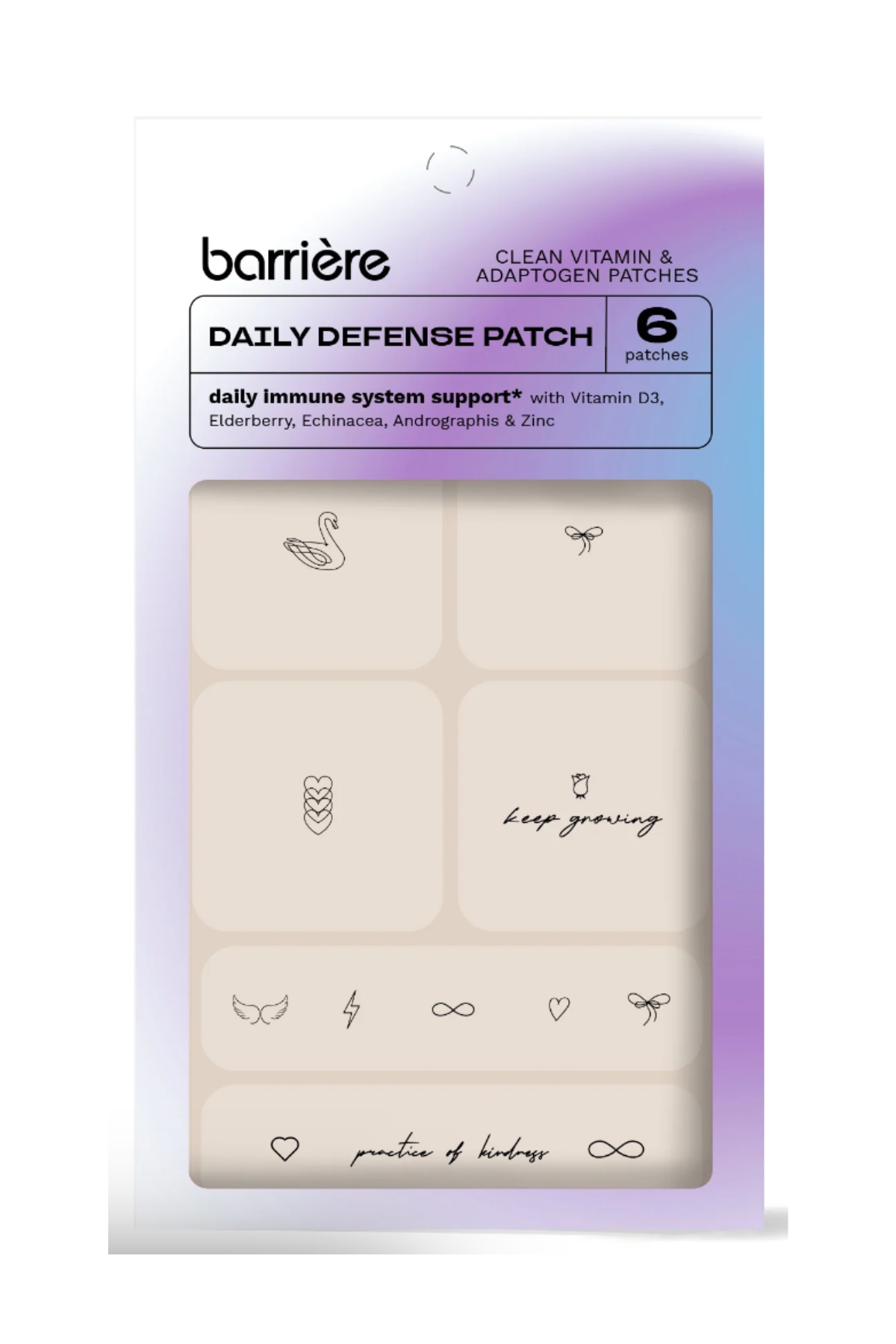
Keep your immune system strong by applying one of these stickers daily. Designed to look like fine line tattoos, each patch is packed with elderberry, zinc, vitamin B3, and other strengthening nutrients that release into the bloodstream over eight-12 hours.
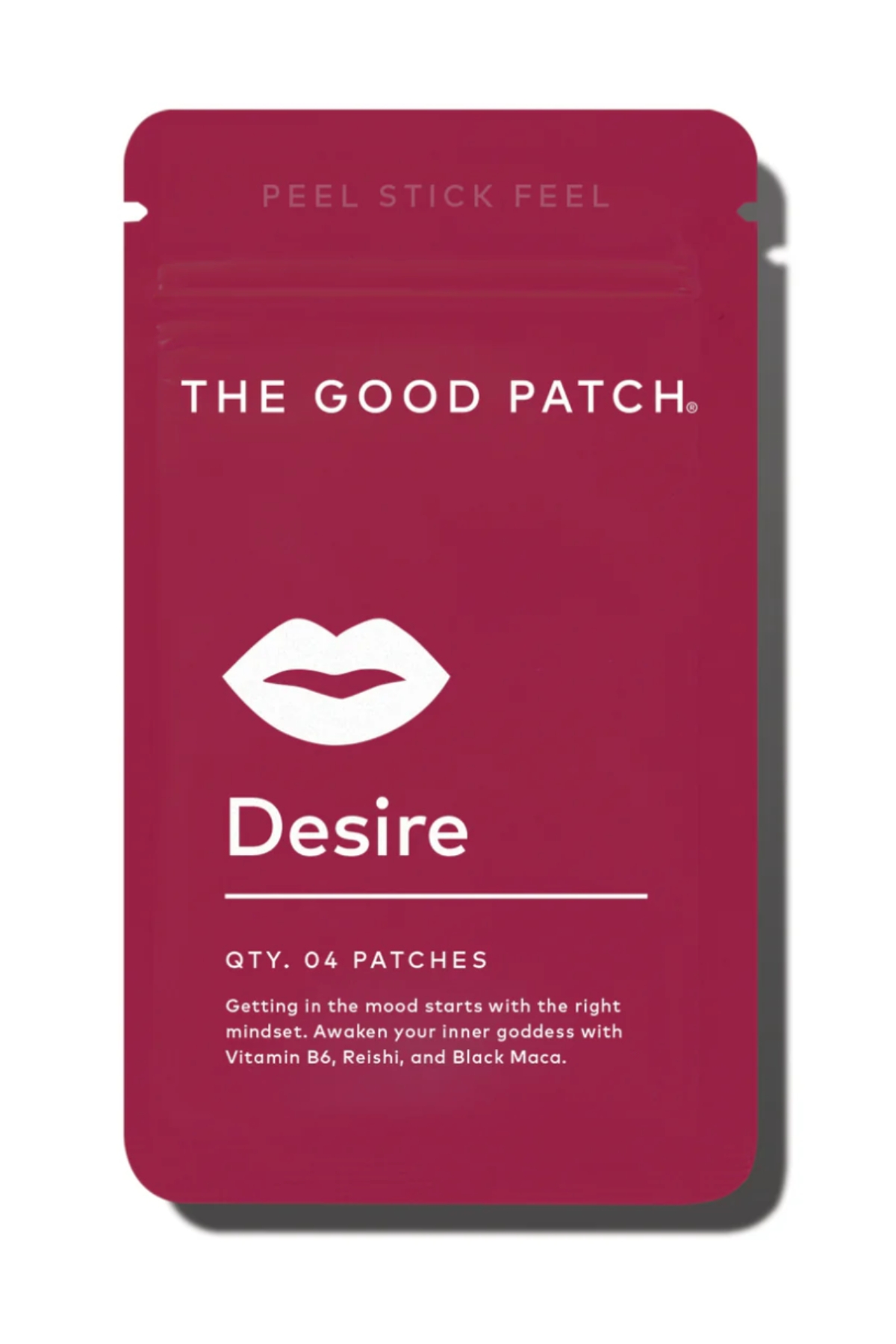
Yes, vitamins can be sexy and make you feel sexy too. These patches are infused with vitamins and nutrients known to regulate hormones and boost feelings of arousal such as vitamin B6, reishi, and black maca. The brand says that users can start to experience the effects about 20 minutes after applying it.
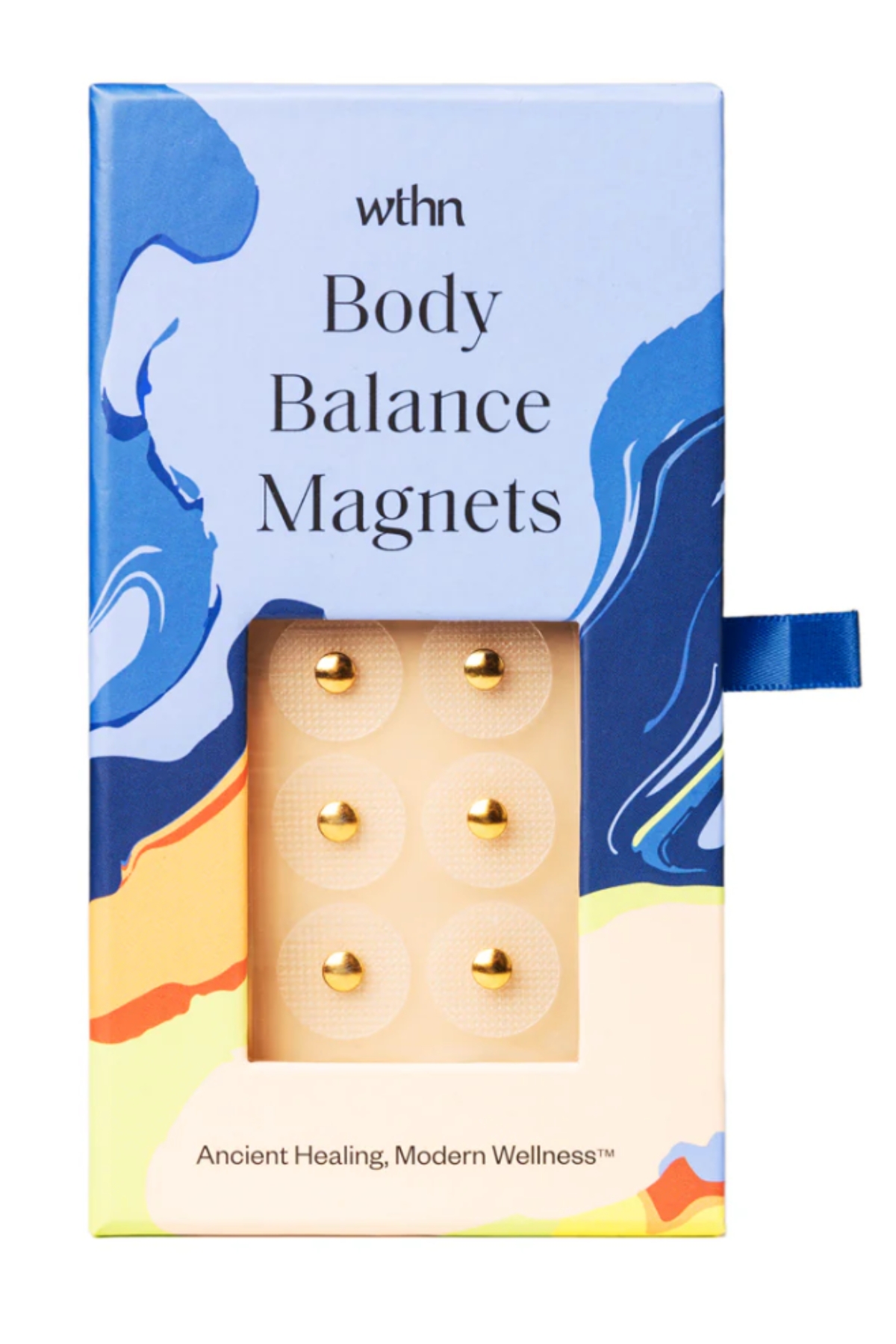
Fans of ear seeding know the power that a few micro magnets can have on their overall wellness. These body magnets are based on the same TCM principles, and the pack comes with a how-to guide to help you pin-point where to place them for the best results.

Take a deep breath, slowly exhale, and gently place this relaxing patch on. Calming Valerian root, nerve-stabilizing vitamin B6, and cortisol-reducing ashwagandha are the star ingredients in this soothing pick.
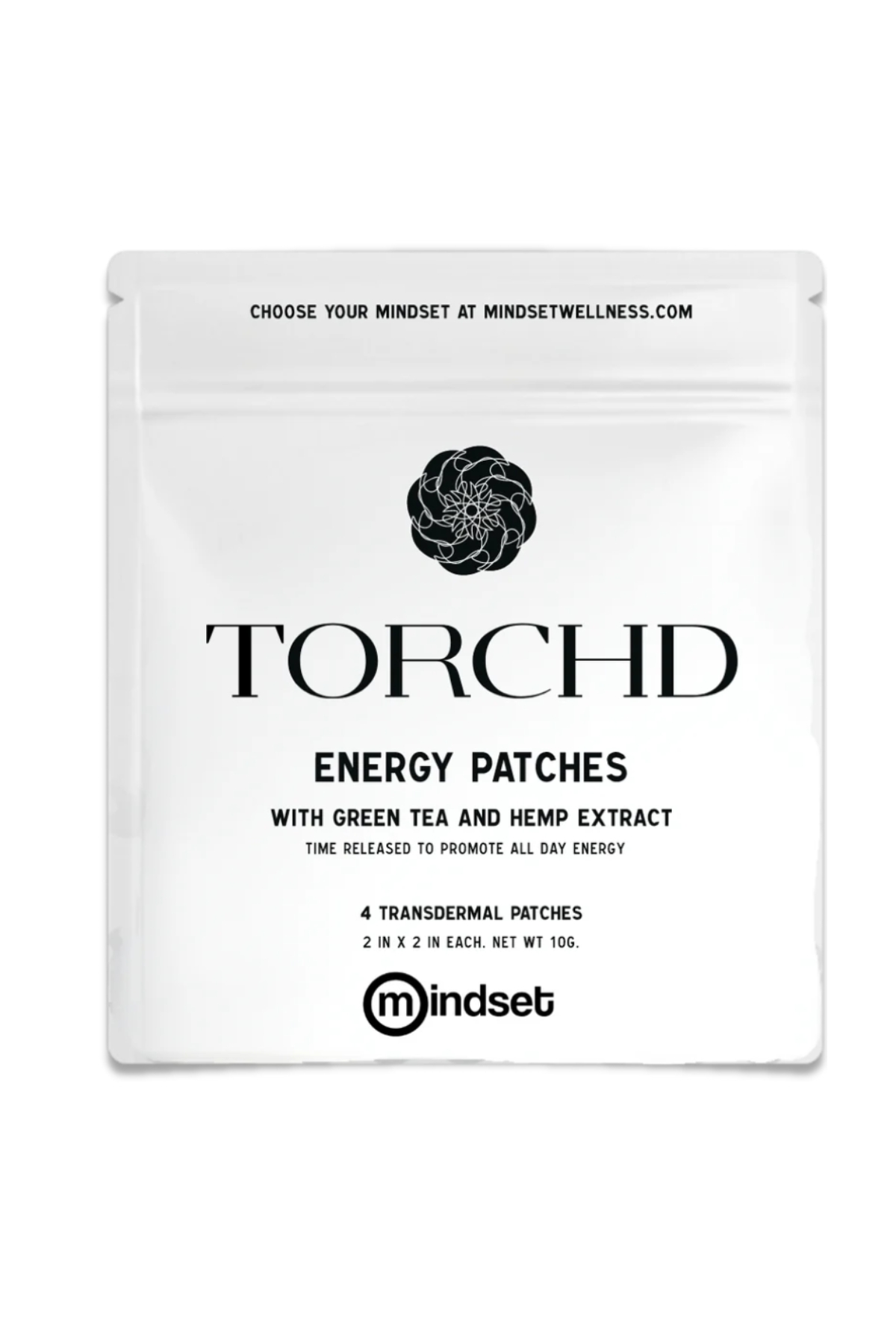
Replace your morning cup of joe for an invigorating patch that promises to give you a boost of energy via caffeine-packed green tea extract and focus-boosting L-theanine.

These patches harness the power of aromatherapy with transdermal placement on acupuncture points for therapeutic effects. Founder Ross Barr explains that the oils in each patch will activate the acupuncture point and stimulate it, and that those points have an empirical use. The Sleep Patches in this pack, for example, are meant to be worn on the acupuncture point on the temples, which helps to subdue agitation.
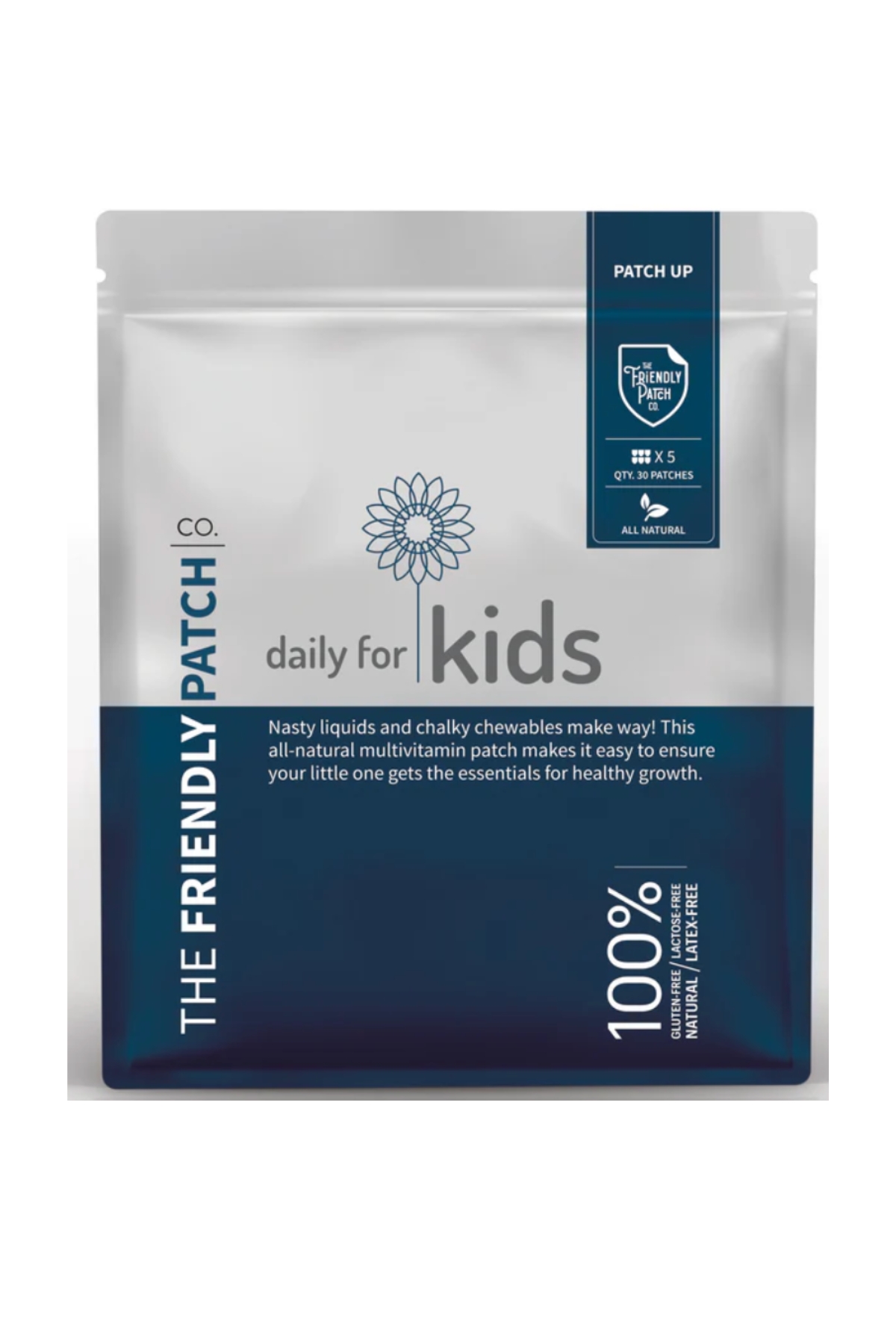
Many of us know how picky children can be with their food. If you’re looking for ways to boost your kid’s vitamin intake, these stickers help deliver essential nutrients to their systems while looking cool—they’re blue with a fun puppy print.
Why Trust Marie Claire?
Pia Velasco is a freelance writer with over a decade of experience covering the beauty and wellness industries. She has held editor positions at outlets such as InStyle, Vogue, and People en Español, and has written for Elle, Allure, Byrdie, Coveteur, Latina, and more. She spoke with leading industry experts to report on vitamin patches for this story.
When it comes to the products Marie Claire recommends, we take your faith in us seriously. Every product that we feature comes recommended by a MC writer or editor, or by an expert we've spoken to. Learn more about how we review products.







